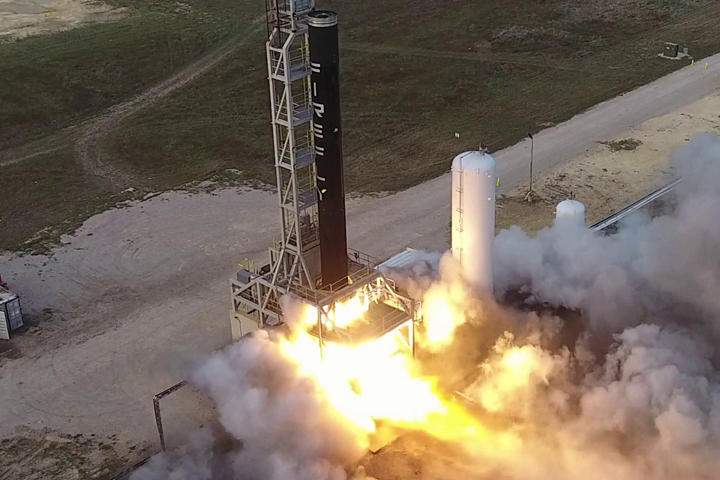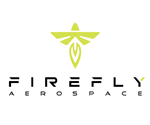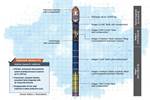Firefly Aerospace announces new customer agreements, completed acceptance tests
One step closer to launch, the Alpha launch vehicle passed Stage One acceptance testing. Spire Global and Geometric Space signed on as Alpha customers.

On Oct. 20, Firefly Aerospace Inc. (Briggs, Texas, U.S.) announced the successful acceptance test of the first stage of its composites-intensive Alpha launch vehicle for its inaugural flight later this year, as well as the execution of new customer agreements.
Firefly has signed a Launch Services Agreement (LSA) with Spire Global (Spire; San Francisco, Calif., U.S.) for the launch of Lemur spacecraft on the Alpha launch vehicle. The LSA will provide for the launch of Spire spacecraft on multiple Alpha missions over the contract period. Firefly has also executed an LSA with Geometric Space Corp. (Calgary, Canada) for the full payload capacity of an Alpha launch vehicle.
“The addition of Firefly Alpha to the Spire launch program further diversifies options to populate and replenish our world leading nanosatellite constellation. We are looking forward to flying many successful missions with Firefly,” says Robert Sproles, senior director of constellation planning and operations at Spire.
“With a 1,000-kilogram payload capacity to low Earth orbit, Firefly Alpha provides a unique capability in the small launch vehicle market. Geometric Space looks forward to working in conjunction with Firefly and our customers to provide an integrated launch experience on Alpha,” adds Samuel Reid, CEO of GEometric Space Corp.
In other recent milestones for the launch vehicle, the Alpha Flight 1 Stage One performed a 35-second static fire, including a full suite of thrust vector control maneuvers. Subsequently, a 15-second final trim test was performed, and the stage will now ship to Firefly's launch complex at Vandenberg Air Force Base (VAFB).
Concurrently, the Alpha Flight 1 payload fairing successfully completed a separation test. The payload fairing separation system was designed and manufactured by Firefly, and is said to be operationally recyclable, allowing for multiple tests of the flight unit.
Firefly is also nearing completion of its Launch Control Center, Integration Hangar and launch pad, including assembly of the Transporter Erector Launcher (TEL) at historic Space Launch Complex 2 West (SLC-2W) at VAFB. Firefly’s TEL, built by Firefly's design and fabrication teams in Texas and California, is being integrated and will soon commence ground system activation.
“The successful first stage acceptance testing is the latest in a series of hardware, facilities and test milestones occurring weekly as we approach the inaugural Alpha launch later this year,” says Dr. Tom Markusic, Firefly Aerospace CEO. “Our continued technical successes correspond to increasing confidence and demand from our customers. We welcome Spire and Geometric Space to the Firefly customer family and look forward to delivering their payloads on Alpha, the most capable and economical small launch vehicle on the market.”
Read “The Alpha launch vehicle: Designing performance in, cost out” to learn more about the Alpha launch vehicle and its design.
Related Content
-
Cryo-compressed hydrogen, the best solution for storage and refueling stations?
Cryomotive’s CRYOGAS solution claims the highest storage density, lowest refueling cost and widest operating range without H2 losses while using one-fifth the carbon fiber required in compressed gas tanks.
-
Plant tour: Joby Aviation, Marina, Calif., U.S.
As the advanced air mobility market begins to take shape, market leader Joby Aviation works to industrialize composites manufacturing for its first-generation, composites-intensive, all-electric air taxi.
-
A new era for ceramic matrix composites
CMC is expanding, with new fiber production in Europe, faster processes and higher temperature materials enabling applications for industry, hypersonics and New Space.

.jpg;width=70;height=70;mode=crop)














